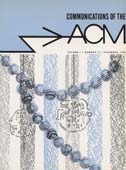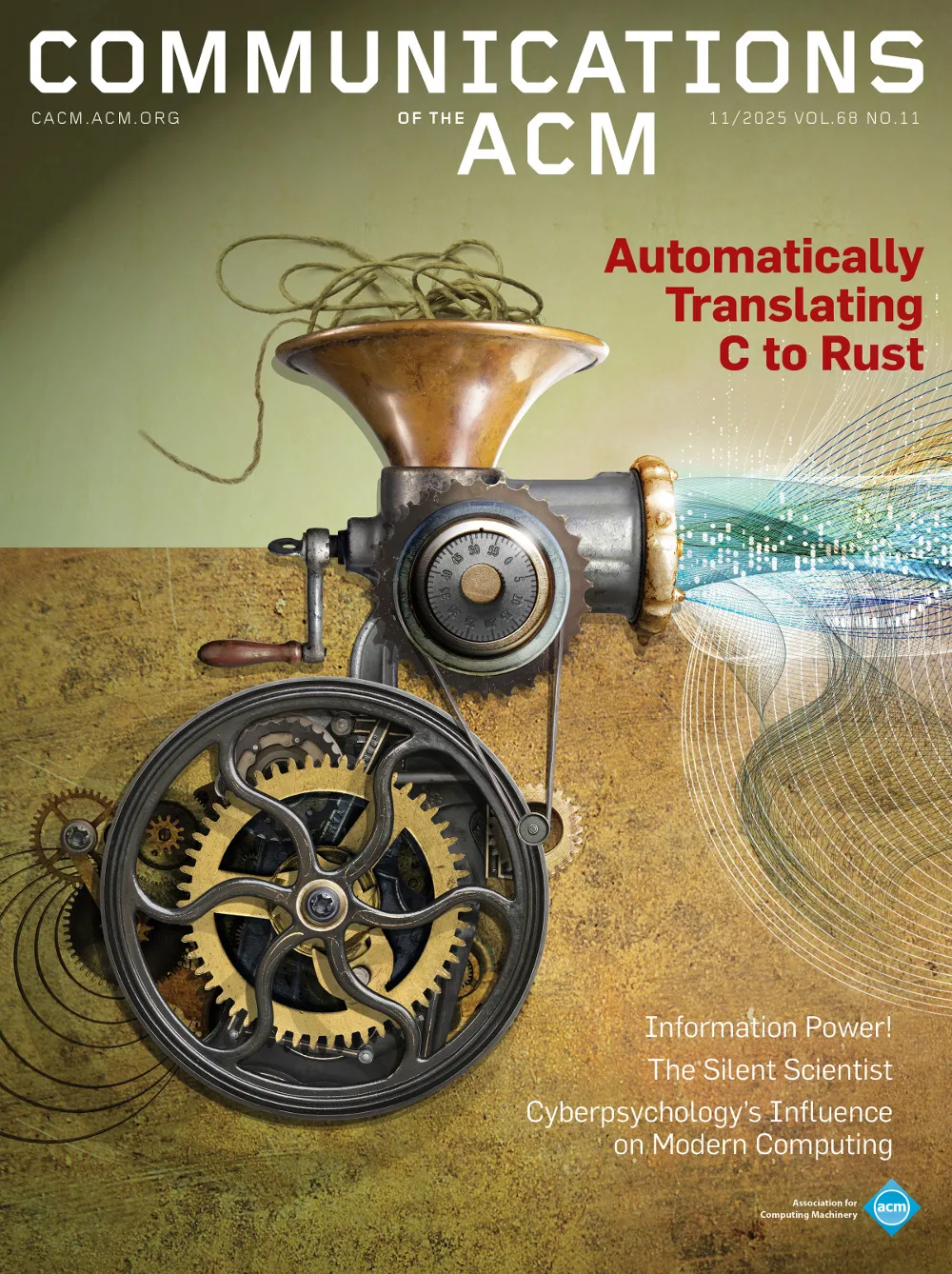December 1964 - Vol. 7 No. 12

Features
Mechanization of tedious algebra—the e coefficients of theoretical chemistry
Relative effects of central processor and input-output speeds upon throughput on the large computer
Double-precision square root for the CDC-3600
Limited bit manipulation using FORTRAN II
Mark sense and port-a-punch programming inputs
Method for partial rewriting of magnetic tape
A class of matrices to test inversion procedures
A note on the calculation of probabilities in an F-distribution
Another use of FORTRAN II chaining
Rational Chebyshev approximations to the Bessel function integrals Kis(x)
Parallel methods for integrating ordinary differential equations
Integer and signed constants in ALGOL



